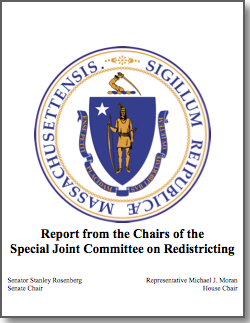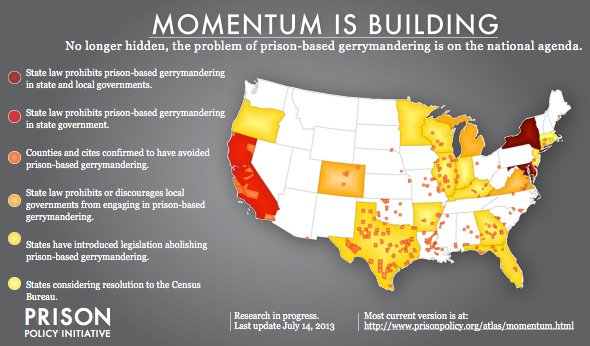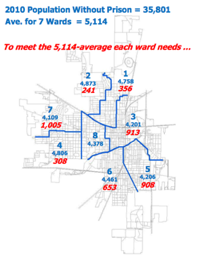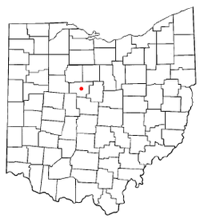Drew finds a great way to explain who loses and who benefits from prison-based gerrymandering in his home state of North Carolina
by Drew Kukorowski,
December 19, 2012
Editor’s note: Drew prepared this article shortly before he wrapped up his work with us last week. We’re grateful for the huge contributions he made! -Leah Sakala
Here at Prison Policy Initiative we’re always trying to think of better ways to explain the problem of prison gerrymandering to folks who may not have heard about it before. Prison gerrymandering is the practice of counting incarcerated people as residents of the prisons that detain them, and then using those numbers when election districts are redrawn in order to comply with the Supreme Court’s one person-one vote requirement.
When I first heard about this “miscount,” I wasn’t sure exactly who was harmed by it. Normally, we think that living next door to a prison is undesirable; in this situation, though, living next door to the prison is highly beneficial. That’s because the votes of people who live next door to a prison carry more weight than the votes of people who live in non-prison districts. I’m from North Carolina, and there’s a great example of this problem back home that helped me understand the harm caused by prison gerrymandering.
There’s only one federal prison in North Carolina. But it’s a big one — FCI Butner just north of Durham in Granville County. In 2010, the Census counted about 4,500 people as residents of the Butner prison complex. But none of those incarcerated people can vote, and the vast majority don’t come from North Carolina, much less from Granville County (e.g., Bernie Madoff). Nonetheless, the Census counts them as residents of Granville County, and the county used those numbers to balance their county commissioner and school board districts during the last round of redistricting.
In the example I found, the people who live near the federal prison in Granville County get twice as much political influence as people who don’t. The Granville County commissioner and school board district — District 3 — with the big federal prison complex is about 50% incarcerated (52.5% to be exact). This is a huge benefit to the actual residents of District 3, but harms the residents of every other district in the county. That’s because the commissioner and school board member from the prison district only have to serve about 4,000 actual constituents. In all the other districts in the county, though, the commissioners and school board members each serve about 8,500 constituents. This means that you have less access to your elected representatives if you don’t live in the prison district. Or to put it another way, every 47 residents of the prison district have as much political power as 100 residents in other districts.
Smaller but still important is the effect of prison gerrymandering on state representative and senatorial districts. Newly drawn NC House District 2 is about 6.7% incarcerated if you take into account the federal and state prisons in Butner (there’s a state prison across the street from the federal prison that has about 1,000 inmates). And the new NC Senate District 20 is about 3% incarcerated. Again, the residents of those districts have more access to their state representatives because those representatives don’t have as many real constituents to serve as the representatives from districts without prisons.
While Granville County didn’t address its prison gerrymandering problem this time around, maybe it will in 2020. After all, there are more than 200 counties and cities around the country with prisons that decided not to use the prison populations when redrawing their district lines. To be fair, Granville County is required to submit its redistricting changes to the U.S. Department of Justice under the Voting Rights Act, and it was concerned that removing its prison population might raise a red flag with the U.S. Department of Justice. But of the 200 counties and cities that avoided prison gerrymandering, about 90 were required to have their plans approved by the U.S. Department of Justice, and all received that approval. Or maybe the North Carolina General Assembly will pass legislation – like Maryland and New York, have – mandating that state and local governments draw election districts based on their real populations. Maybe if Mr. Madoff runs for that school board seat then Granville County will realize that it’s absurd to count prisoners as local residents.







